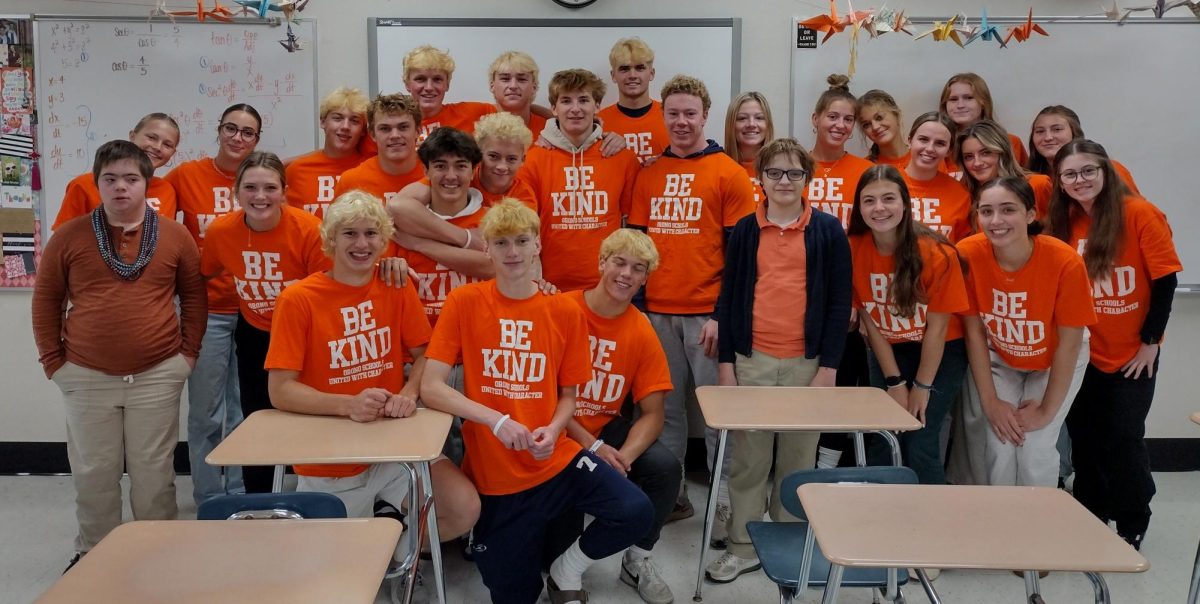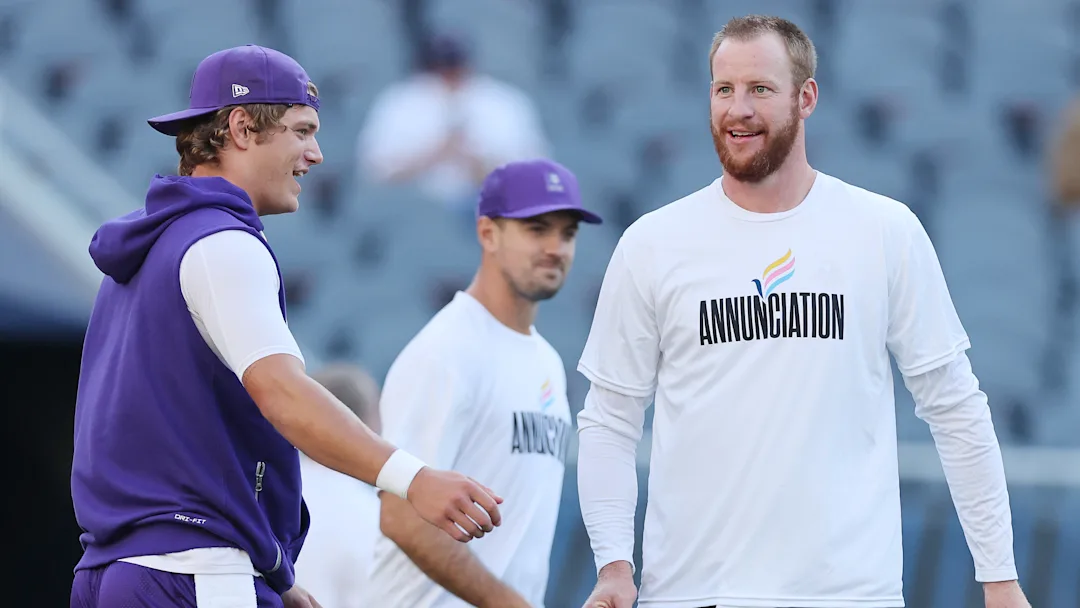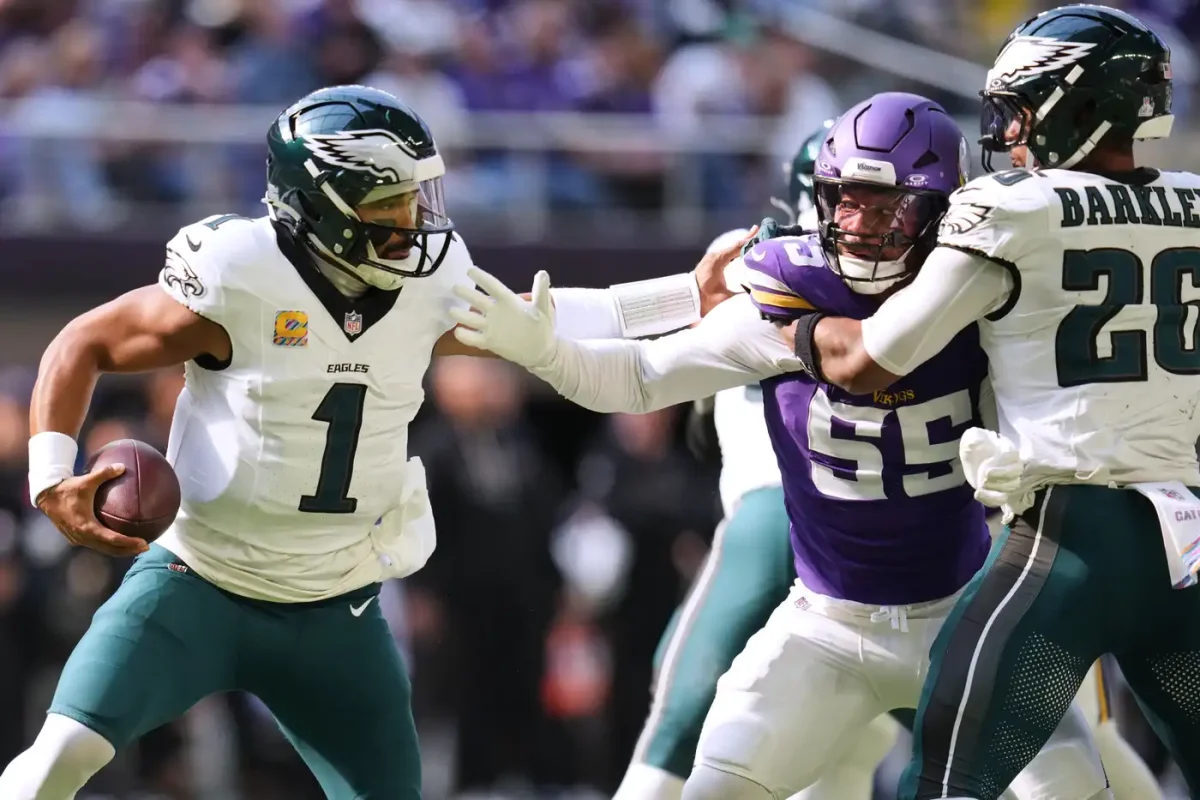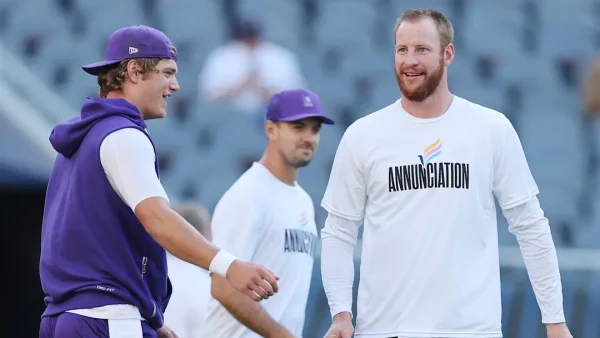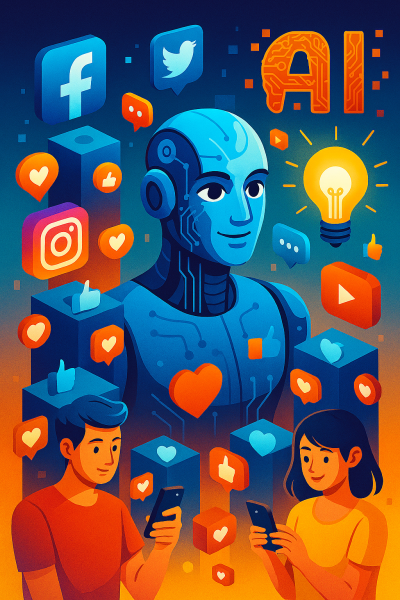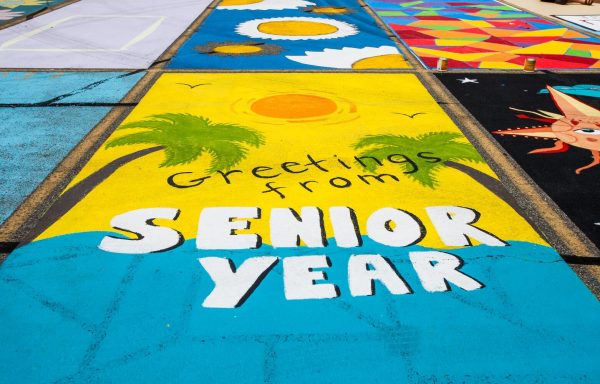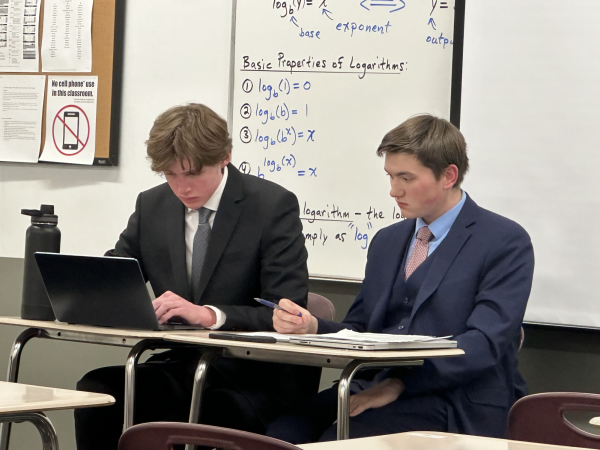Dear Mr. Rogers, We Need You
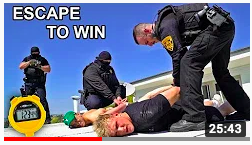
Thumbnail for YouTuber Jake Paul’s video “LAST ONE TO GET ARRESTED WINS $25,000!! (GAME)”
A man with graying hair steps through a wooden door, smiling as peaceful jazz music plays. He sings with a smile, buttons up a cardigan, then takes a seat and ties his shoes. The opening sequence to “Mister Rogers Neighborhood” is wholesome and pure–there is no upsetting action, unnecessary cussing or dramatic camera angles. The simplicity of the late twentieth-century television show is almost comically innocent in 2019, enough to make young elementary school kids declare it strange.
Isn’t that sad?
In 2019, we have Jake and Logan Paul (more on that later). We have first-person shooter video games (which, unpopular opinion, can lead to increased aggression in some individuals, according to Harvard Health) and endless access to not-so child appropriate media, from the tap of an iPad. No longer is young media use restricted to a 20-minute, well-monitored and vetted time slot. To parents that do not keep an eye on what their young children and even middle school-aged students are watching, the effects of negative influencers will soon be an epidemic to deal with–and it will not be fun.
As a frequent babysitter of children ages two to 12, I have had the great displeasure of witnessing the effect of YouTube and other media on kids. One summer, an 8-year-old boy I babysat wanted to spend every second running around outside, thinking up games involving aliens and intergalactic war. The next summer, he was glued to an iPad screen, constantly reaching for an app to play or curse word-filled videos of other people playing video games to watch. Gone was his itch for creativity and sun.
In the aforementioned situation, the boy I babysat wasn’t even watching the worst of it. The three brothers–ages five, nine and 12–that I babysit, go straight to the YouTube app and into the manipulative field of negative influencers. When I say negative influencers, I’m talking about the “entertainers” with a young, impressionable audience who use the “shock” factor for views and create videos that are far from inspiring kindness.
“When I was a kid maybe somebody I knew had HBO, so you might get exposed to an R-rated movie and see violence that way or other things that are in R-rated movies; now kids can pull up things online, whatever they want, basically,” sixth grade social studies teacher Mike Bast said, “just kind of peering over their shoulders, I’m seeing things that seem like a lot of risk-taking behavior, violent videos or prank videos and shocking people, and some kids may be trying to replicate some of that behavior and perhaps don’t always see the divide between a staged video or a shocking video.”
Two infamous examples of influencers who stage shocking videos are brothers Logan and Jake Paul, who each have YouTube channels with 18 million subscribers (with the majority of fans belonging to a younger demographic). I have seen the three brothers I babysit–and remember, one of them is five years old–watch Jake or Logan Paul videos with titles like “we got robbed… (security footage)” or “LAST ONE TO GET ARRESTED WINS $25,000!! (GAME)” and respond with “it’s real,” when asked if they understand that the people in cop vests are not real cops.
On Common Sense Media, a platform with reviews and advice for parents navigating media and technology, one user rated Logan Paul as appropriate for 14-year-olds and up. The user posted the review, “Do you want your kids to learn how to disregard the feelings of other? Then this is a channel for you.”
Granted, this typo-ed review was a practically anonymous online review, left by someone with the username “tobier,” but I think it nails the fact of the matter quite perfectly. These YouTube influencers are definitely not appropriate for elementary school-aged children. Furthermore, they teach nasty attitudes.
81 percent of parents with children age 11 or younger let their children watch YouTube videos, and of that group, 61 percent reported that they felt their child had encountered content that was not suitable for children, according to the Pew Research Center. When the average 8-to-10-year-old spends about eight hours (the amount of sleep I try to get every night!) with various types of media, according to a Kaiser Family Foundation study, it’s not irrational to think that most kids would stumble across non-kid-friendly media at one point or another.
It is the responsibility of parents to draw their own line between allowing their child exploration and monitoring their child’s technology use. Sure, respecting privacy is important for establishing trust and maybe even an element of “cool parenting,” but for elementary and middle-aged children, technology monitoring should not be seen as taboo.
A study with over a two-year period found that exposure to media that promotes positivity and social acceptance can lead to long-term increased trait empathy and helping, whereas exposure to violent media leads to the opposite, according to the journal Psychological Science. While the latter result is concerning, the former offers a bit of hope to children in this media-heavy world.
The inclusion of positive media can actually be beneficial to children. Prosocial educational shows like “Sesame Street” can not only teach the alphabet and letters, but also empathy, racial and ethnic tolerance, and other interpersonal skills, according to the American Academy of Pediatrics.
No longer can parents turn on the television to the latest episode of “Mister Rogers Neighborhood,” then leave the room because they trust Mr. Rogers’ positive influence. There is a whole universe filled with good and bad on the other side of the screen, and kids are tech-savvy enough to find their way to it. That’s the reality. Parents need to take greater control of their kids’ media use, and if kids are going to keep flocking to YouTube, “influencers” need to recognize the power they have in shaping the young generation and use their platform for good: friendly neighbor style.

